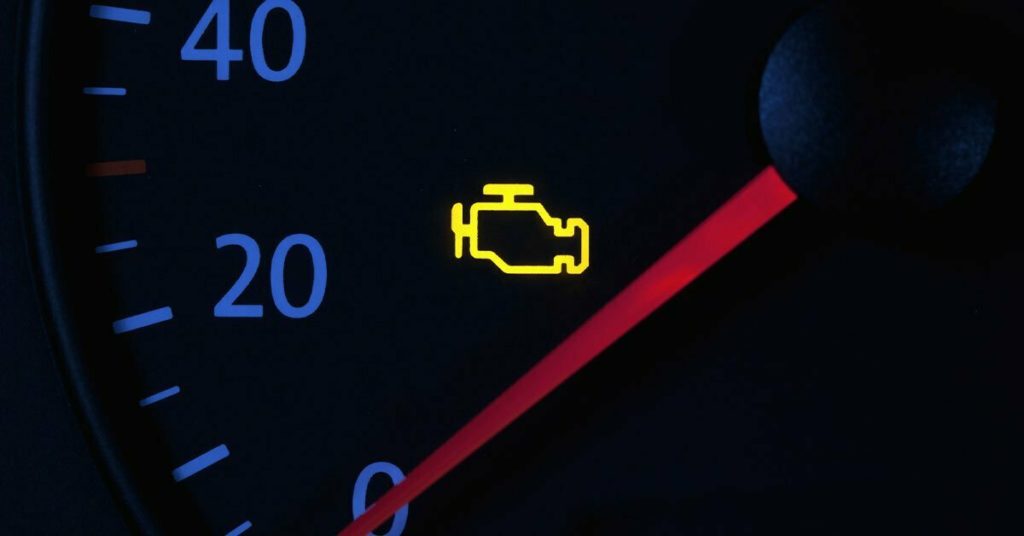Introduction
Seeing the ignition light on in your car can be nerve-wracking. It’s your vehicle’s way of saying, “Something’s wrong—please check me!” In most cases, this light is linked to the engine’s ignition system or related components. With modern cars running on OBD-II diagnostics, the system stores a code that points to the fault. In this guide, we’ll break down why the light appears, which OBD-II codes are common, how to diagnose the problem , tips if you’re sharing this information on a blog.
Why the Ignition Light Turns On
Your car’s ignition light—often part of the check engine indicator—activates when the ECU (Engine Control Unit) detects a fault.
Common triggers include:
Misfiring spark plugs
Faulty ignition coils
Wiring issues
Fuel injection problems
Sensor failures
The light might blink or stay steady:
Blinking often means a severe misfire needing immediate attention.
Steady usually indicates a less urgent, but still important, fault.
Understanding OBD-II Codes
Modern cars (post-1996) use OBD-II (On-Board Diagnostics) to monitor performance. Each problem is logged as a Diagnostic Trouble Code (DTC), such as P0300.
The first letter “P” means Powertrain.
The second digit “0” = generic code (applies to all makes).
The “3” means ignition or misfire related.
The last two digits identify the exact issue.
For example:
P0300 – Random/multiple cylinder misfire
P0301 – Misfire in cylinder 1
P0302 – Misfire in cylinder 2
Common Ignition-Related Trouble Codes
Code Problem Description
P0300 – Multiple/random cylinder misfire detected
P0301–P0304 – Misfires in specific cylinders (1–4)
P0350–P0362 – Ignition coil primary/secondary circuit malfunction
P0320 – Ignition/distributor engine speed input circuit failure
These codes help you pinpoint whether the issue lies with spark plugs, coils, or sensors.
DIY Methods to Read Ignition Codes
You can retrieve codes in two main ways:
- a) Using an OBD-II Scanner
Locate your car’s diagnostic port (usually under the steering column).
Plug in the scanner.
Turn ignition to “ON” (engine off).
Read the stored codes and note them down.
a)Use a trusted code reference to identify the fault.
b) Without a Scanner (Older Cars)
In some cars, you can:
Turn the ignition key on/off in a set sequence.
Count the flashes of the ignition light.
Translate them into codes using the service manual.
How to Fix Ignition Light Problems
Once you know the code:
Spark Plugs: Replace if worn or carbon-fouled.
Ignition Coils: Swap faulty coils with known good ones.
Wiring & Connectors: Inspect for corrosion or loose connections.
Fuel System: Clean injectors, replace clogged filters.
Sensors: Replace malfunctioning crankshaft or camshaft position sensors.
After repair, clear the codes using your scanner. If the light comes back, deeper diagnostics may be needed.
P2646 is an OBD-II trouble code : CAUSES AND FIXES
Conclusion
An ignition light on is not a reason to panic—but it’s not to be ignored either. With a basic OBD-II scanner and a bit of know-how, you can identify codes, understand what they mean, and take the right steps toward repair. If you’re a car owner , this guide ensures you have both the technical and SEO tools to tackle the issue effectively.
Disclaimer
This article is for informational purposes only. Always consult a qualified mechanic for accurate diagnosis and repair. The author is not responsible for any damages or issues arising from the use of this information.
regards: hudda suman
